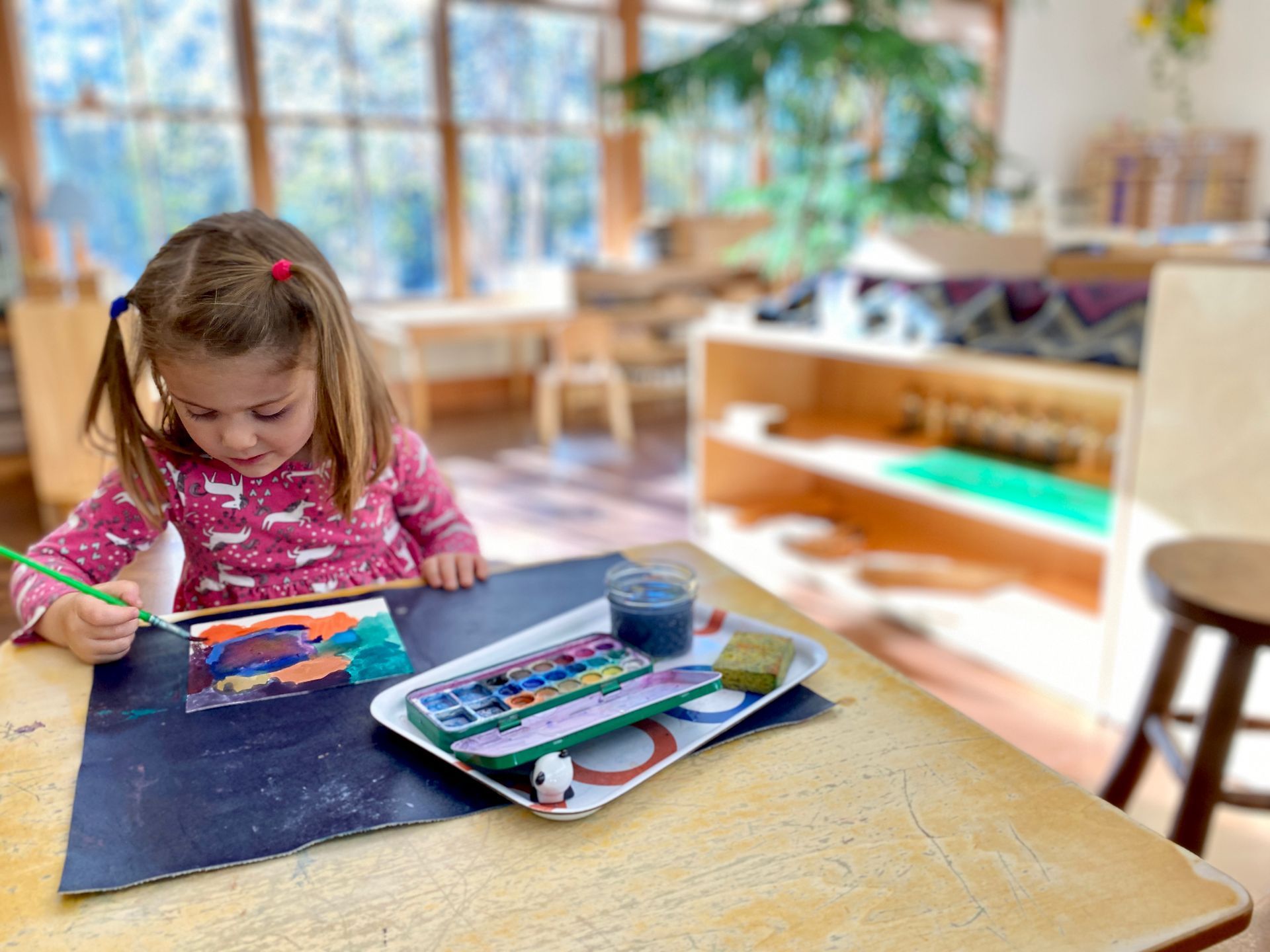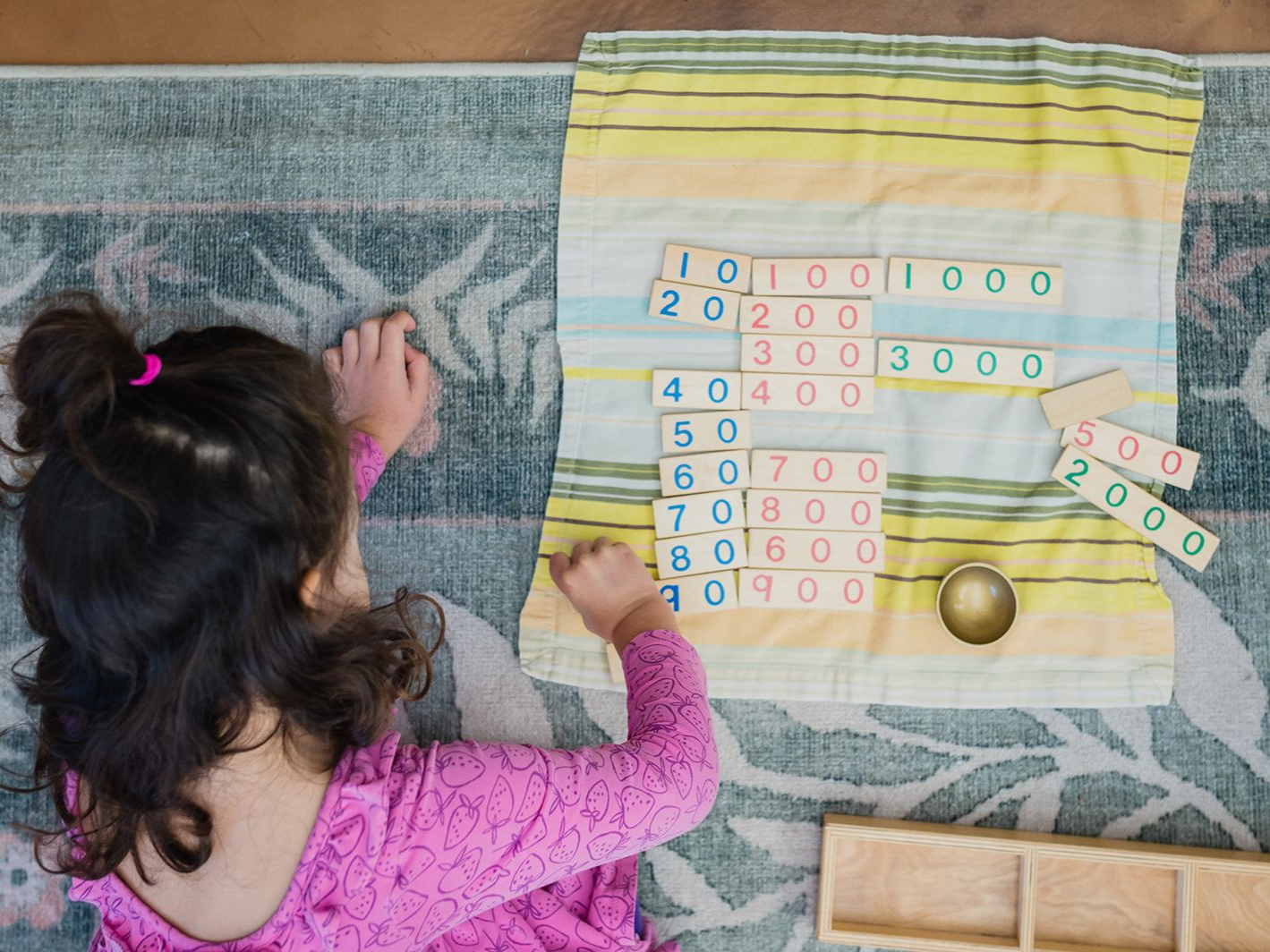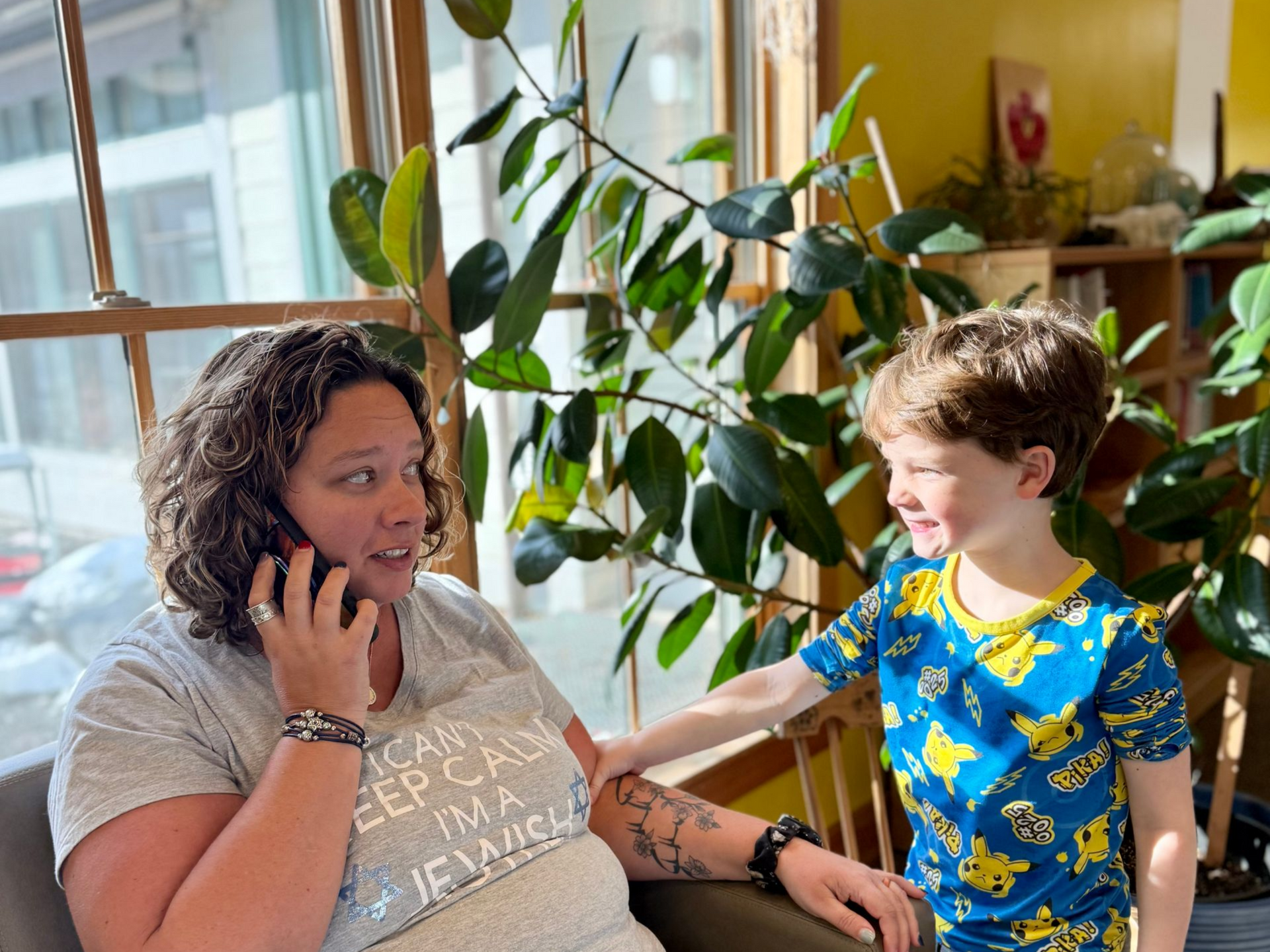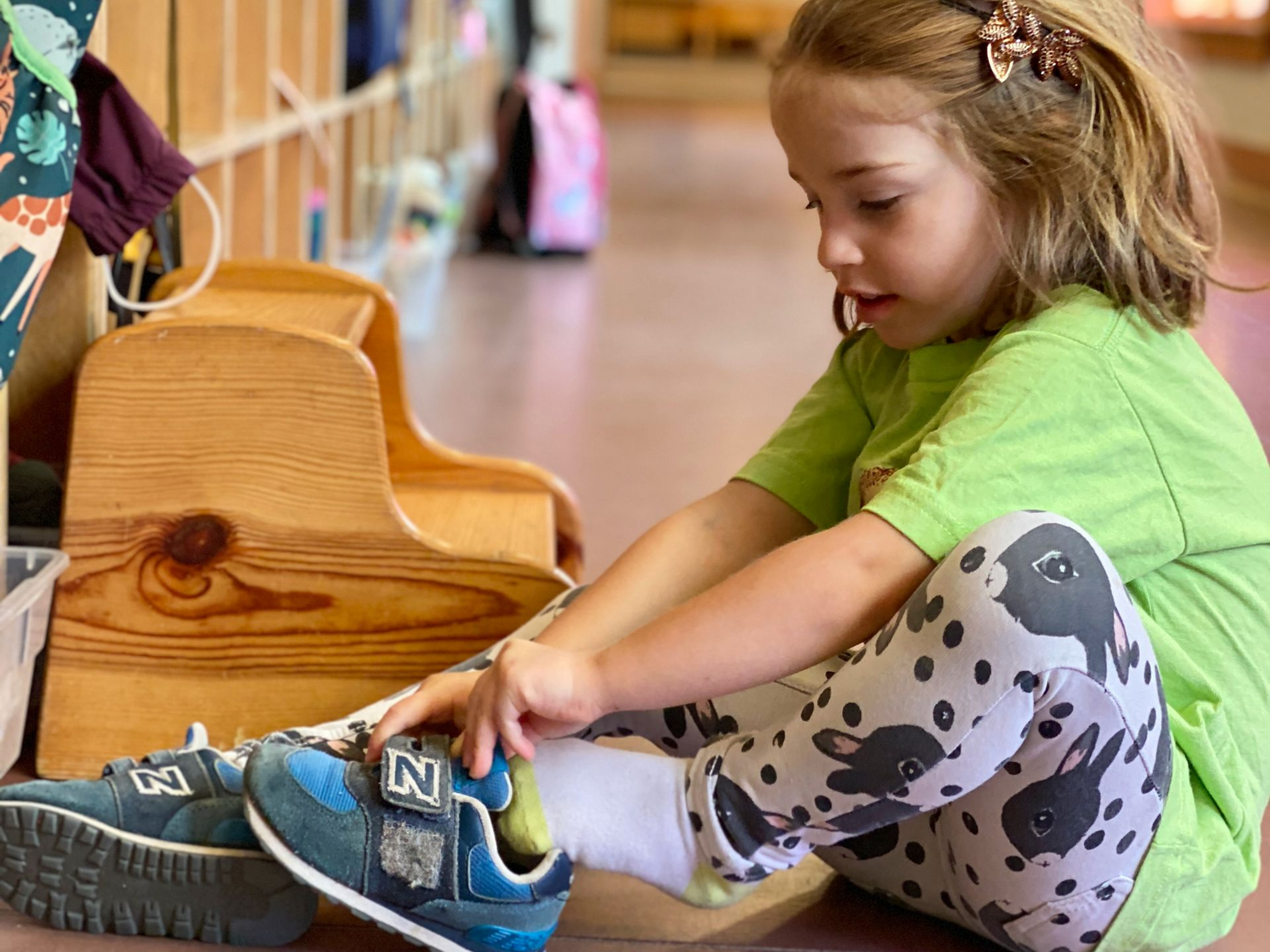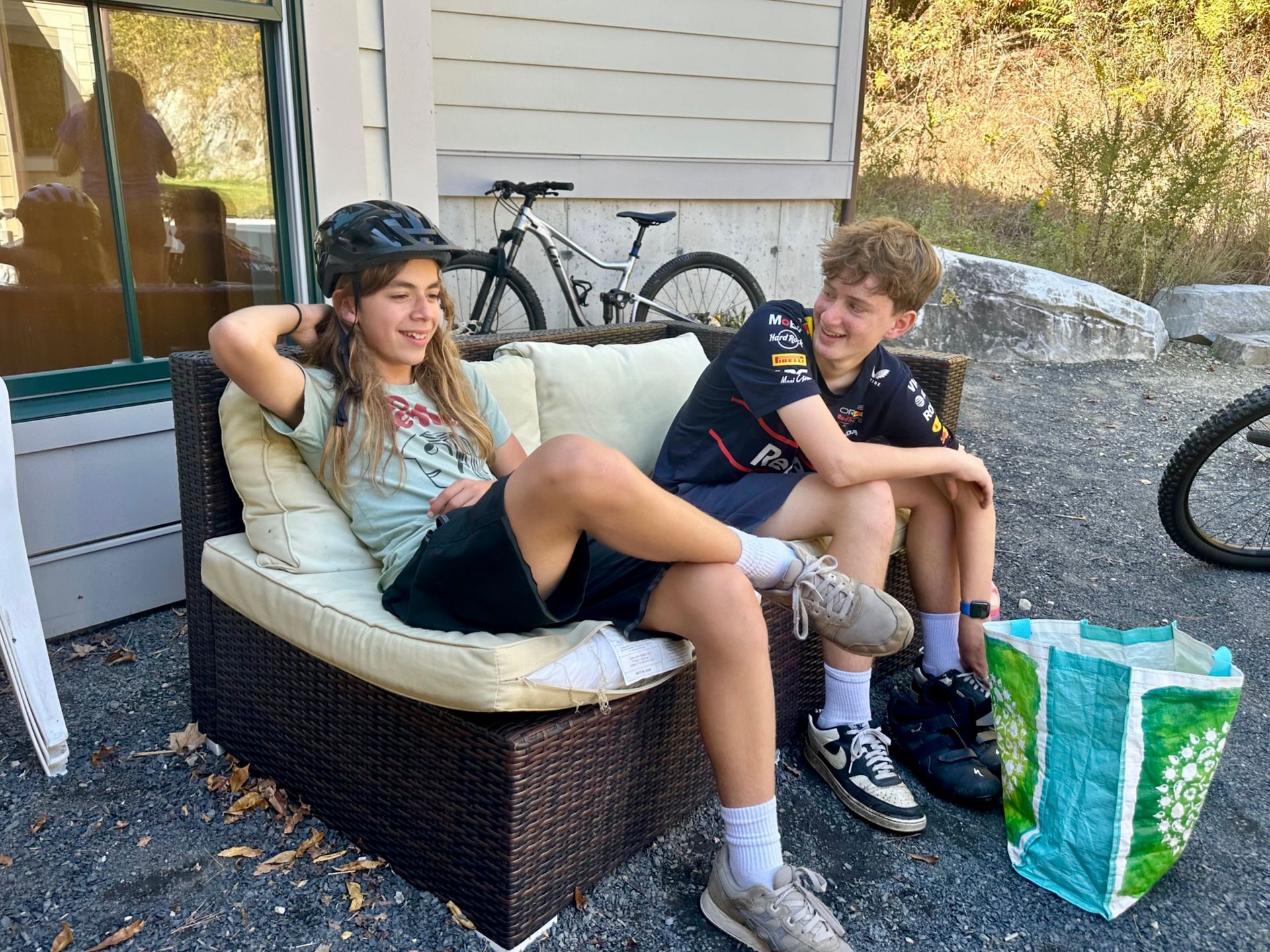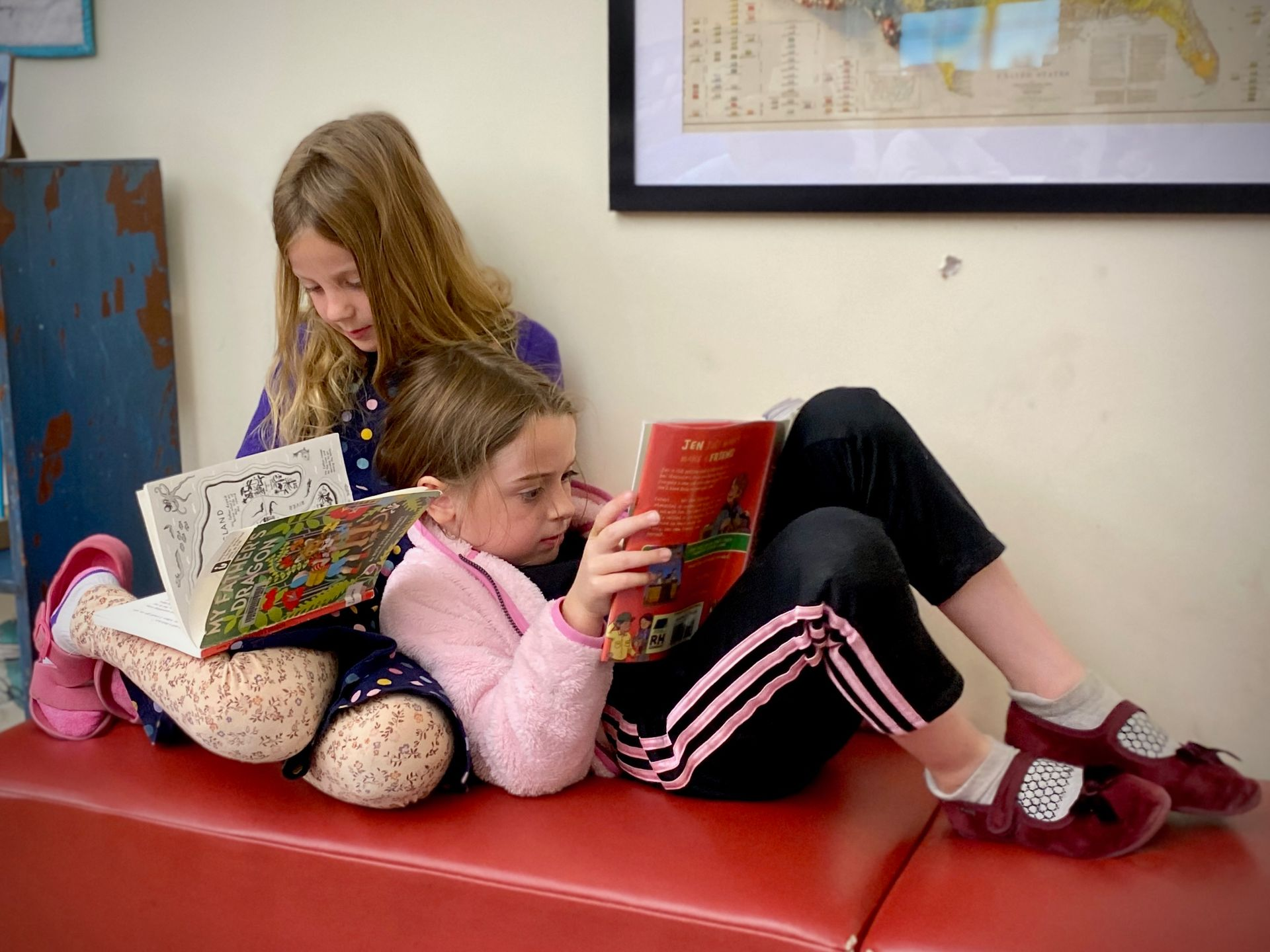Montessori Basics: Geography
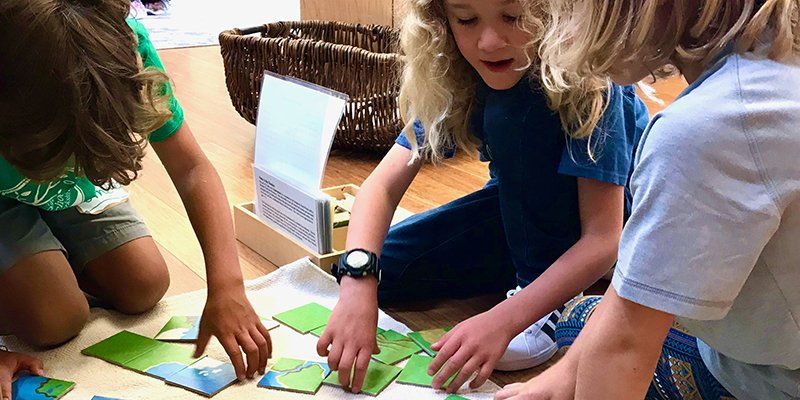
Geography: a science that deals with the description, distribution, and interaction of the diverse physical, biological, and cultural features of the earth's surface
Geography is a commonly taught subject in most schools, with children learning about maps, the globe, and various countries and land features. Montessori schools do this as well, but as with most subjects, we tend to take things a bit deeper (even for our younger students). This article highlights the scope of our geography curriculum.
One point to note: Montessori teaches children beginning with a ‘big picture’ view, while slowly narrowing in on details. We believe this makes information more developmentally appropriate as well as giving children a sense of the interconnectedness of all things. This approach also leads to some overlap with other subject areas, which is a good thing!
Globes, Maps, and Physical Features of the Earth
Geography work starts early in our primary classes. Children begin with an introduction to a globe: one is blue with sandpaper continents and the other is blue with colorful continents. Montessori materials have specific colors designated for each continent: Africa is green, Asia is yellow, Oceania is brown, Antarctica is white, South America is pink, North America is orange, and Europe is red. These early globe experiences help give children a sense of the spherical nature of Earth and the differences between major areas of land and water.
Children then move on to using the puzzle maps, a classic Montessori material. They begin with a map of the continents that utilizes the same colors they learned on the early globe, and then explore puzzles for each continent of the world. These are first used in the primary class but can continue into the elementary years.
The last set of specifically created maps - the pin maps - are used in elementary, and children are encouraged to use an atlas as a control of error while they work. This material incorporates wooden maps with predrilled holes in each country. Children use small label flags that are meant to be inserted into the correct spot.
Also beginning during the primary years and continuing through the early elementary years, children learn about land and water forms. This includes the parts of a mountain, the parts of a river, and the names of a wide variety of land and water formations.
Great Stories
As part of the science and history curriculum, elementary children explore creation stories from different cultures and the scientific story of the formation of the universe. These important lessons are based on today’s scientific evidence and honor the many other creation stories throughout history. We also take the time to read tales that span a wide variety of cultures. There are many learning extensions that children enjoy such as discussing the similarities and differences between cultures, creating artwork to represent the stories, or even forming small groups to act out different tales.
Laws of Attraction and States of Matter
When we tell children the story of the universe, we do it with a series of props to demonstrate scientific principles. When we talk about the behavior of particles, we show them a visual example. When we talk about the formation of the planets, we touch upon the three states of matter on Earth. We teach them how temperature and force affect these states, and how ultimately this has an impact on the formation and continuous changing of our planet.
This introduction segues into a series of experiments that children are able to complete independently (after an introduction and safety rules, of course!). Materials for the experiments are set upon the shelves, along with instructions. While most people would consider this science - as it is - we also consider it part of our geography curriculum.
The Sun and the Earth
The elementary geography curriculum is complimented by a series of charts that visually illustrate important information about our planet and our solar system. Some are diagrams while others are impressionistic drawings. These charts are particularly helpful when teaching about the sun and the earth.
We start simply, by teaching children about Earth’s orbit around the sun as well as its rotation on its own axis. This leads into many lessons about concepts like day and night, the seasons, the zones of the earth, and even time zones.
A good deal of time is spent teaching children about the composition of the earth. This includes the different layers, but also the formation of mountains, faults, and volcanoes.
The Work of Wind
Wind is a powerful force. We think it’s important to teach children about the behavior of air in our atmosphere and the effects it has on the planet. We cover how temperature affects the movement of air, air pressure, the relationships between winds, seasons and weather, and ocean currents.
The Work of Water
Water, as liquid water or solid ice, has a tremendous impact on our planet. We discuss and experiment with concepts such as erosion, sediments, the effects of rain, and the effects of ice on the landscape. We also cover water vapor when teaching children about the water cycle on our planet.
Vegetation, People, and Economy
After some basic botany lessons, it can be fascinating for children to learn about the variety of vegetation found in different biomes of the world. This leads into the study of the people in various biomes and how climate can change the way we live. Lastly, we help children learn about economic geography. Our economies have always been tied, in part, to the variations in resources available in different regions. We encourage children to analyze and question concepts like production and consumption.
Interested in learning more? We hope you’ll consider reaching out for a tour or information session. This gives families - new and current - an opportunity to learn more about what we do and how we strive to provide children with an education that will guide them for the rest of their lives.




